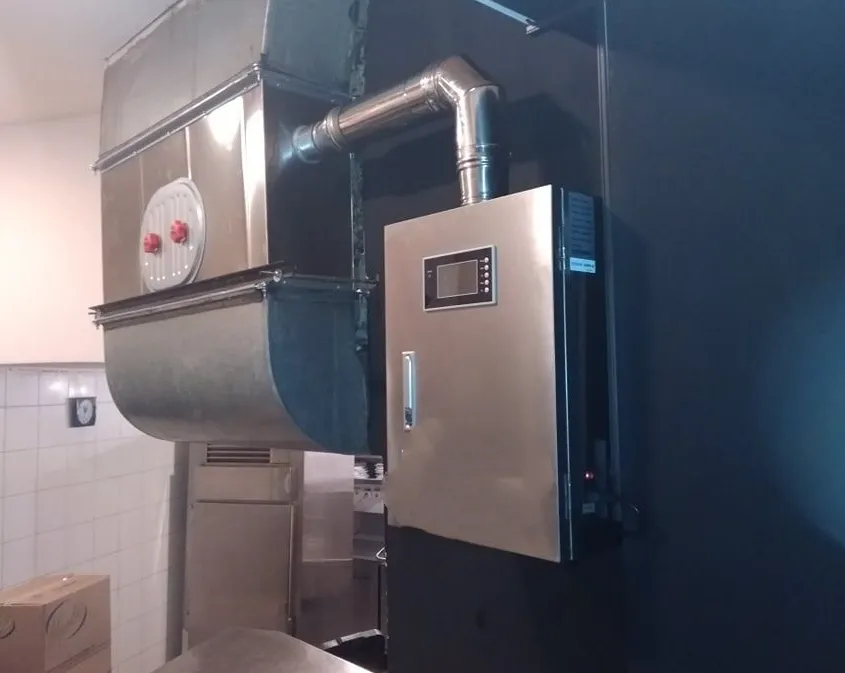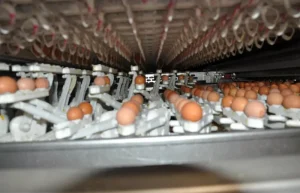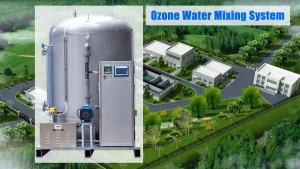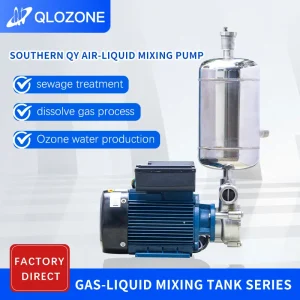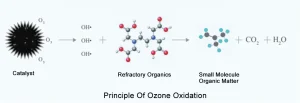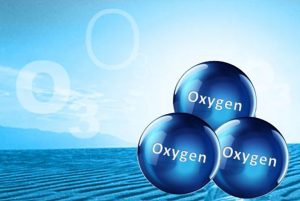
Recently, Japan’s Tokyo Electric Power Company Corporation injected seawater into the nuclear contaminated water discharge tunnel of Fukushima Daiichi Nuclear Power Plant, and found that fish Radioactive element exceeded the standard in the harbor of the nuclear power plant. It is planned to discharge the continuously increased treated water from the Fukushima Daiichi Nuclear Power Plant of Tokyo Electric Power Company Corporation into the sea. It is expected that the equipment review will be completed and the construction will begin to discharge in two years.
The composition of these nuclear wastewater is very complex, and the key hazard lies in the small amount of carbon-14 and other reflective elements that have a greater impact on the human body in the nuclear wastewater. It contains at least strontium 90, cesium 134, cobalt 60, iodine 129, tritium and other radionuclides, and its Radiant intensity is far beyond the safety standards. However, Japan’s approach is to remove most strontium, cesium, cobalt and other nuclides by means of filtration, adsorption, reverse osmosis and other means through the multi nuclide treatment system (ALPS) to reduce its Radiant intensity. Among them, the concentration of ozone water has a certain impact on the degradation effect of nuclear wastewater discharged from Japan, as follows:
2Cs+O3 → 2CsO+O2
Among them, Cs represents cesium element, O3 represents ozone molecule, CsO represents cesium oxide, and O2 represents oxygen molecule. In the reaction, ozone Caesium monoxide oxide generates cesium oxide and oxygen
O3 and C-14 reaction formula: 14C+3O2 → 14CO2
O3 and tritium reaction formula: T2+3O3 → 2H2O+3O2
O3 and cobalt 60 reaction formula : 60Co+3O3 → 60CoO4
O3 and strontium 90 reaction formula: 90Sr+3O3 → 90SrO4
Remove organic pollutants from water or wastewater through oxidation. Hazardous waste or organic pollutants must be treated using advanced chemical oxidation processes (AOPs) and ozone OZONE. AOPs refer to a set of chemical reactions that produce highly active hydroxyl radicals (- OH) and remove organic pollutants from water or wastewater through oxidation.
Ozone oxidation treatment refers to the use of ozone as a strong oxidant to oxidize organic or inorganic substances in water or wastewater, in order to achieve disinfection, oxidation, or decolorization. The mechanism of generating hydroxyl radicals largely depends on the type of AOP technology used. For example, ozone, UV/H2O2, photocatalytic oxidation, and Fenton oxidation all rely on different – OH generation mechanisms:
UV/H2O2:
H2O2+UV → 2-OH (the homologous cleavage of the O-O bond of H2O2 leads to the formation of 2-OH radicals).
UV/HOCl:
HOCl+UV → – OH+Cl-
AOP based on ozone:
O3+HO – → HO2-+O2 (the reaction between O3 and a hydroxyl ion leads to the formation of H2O2 in a charged form).
O3+HO2- → HO2-+O3- (The second O3 molecule reacts with HO2- to produce ozone radicals)
O3–+H+→ HO3- (This free radical produces – OH during Protonation)
HO3- → – OH+O2
Compared with traditional waste treatment methods (such as incineration and Bioremediation), the combination of ozone and AOP has several advantages. For example, they can decompose hazardous waste into non-toxic components, do not produce secondary pollutants, and are usually more energy-efficient than other methods. The ozone technology process has been widely used in urban areas for ozone treatment. This process has the advantages of high purification treatment degree, no re pollution, and less production of scum and sludge. At present, some urban areas in China, including Beijing and other places, have adopted the ozone urban sewage treatment method, but overall it is still in the development stage, and various corresponding technical processes, supporting facilities, equipment, and standards are not yet sound and complete, making it the core development technology process in the future.



